Before AI, the design industry had stagnated a little bit. Design systems had become fairly ordinary, and Figma had almost swallowed the design tool market entirely. While those things are still true, we finally have a new but unsurprising disruptor in the market with AI.
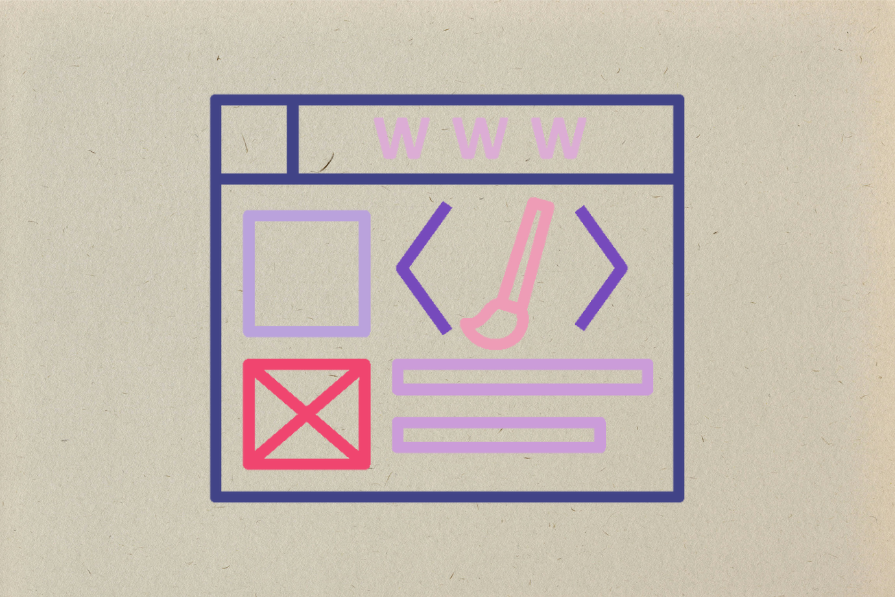
In this article, we’ll take a look at this year’s Design Tools Survey results. You’ll learn what the most popular design tools are right now, who’s using them and when, what AI adoption means in design teams, what trends might be in-store for the year ahead, and more.
On average, 77.6 percent of individual contributors (people doing hands-on design work) have adopted AI, whereas in design leadership roles it’s higher at 85.2 percent. Both of these figures are up considerably from the overall mean of 65 percent the previous year.
This makes sense considering that design teams mainly use AI for generating copy, documentation, and content (75.2 percent collectively), and the job of a design lead is to unblock ICs and enable them to do actual design work. That said, design teams do use AI for design variations, layout assistance, research insights, and other designing tasks.
AI adoption is slightly below average for corporate design teams compared to those at agencies, startups, and growing companies respectively, despite corporate design teams being the biggest segment of the demographic.
The main takeaway here is that AI usage for design teams has risen, but did we really expect differently? If you haven’t jumped on board yet, I highly recommend learning about the different ways that design teams are using AI.
Figma continues to dominate the interface design tool space, but of course everybody knows that already. By interface design I mean to design interfaces but not necessarily use the prototyping features in any significant capacity:
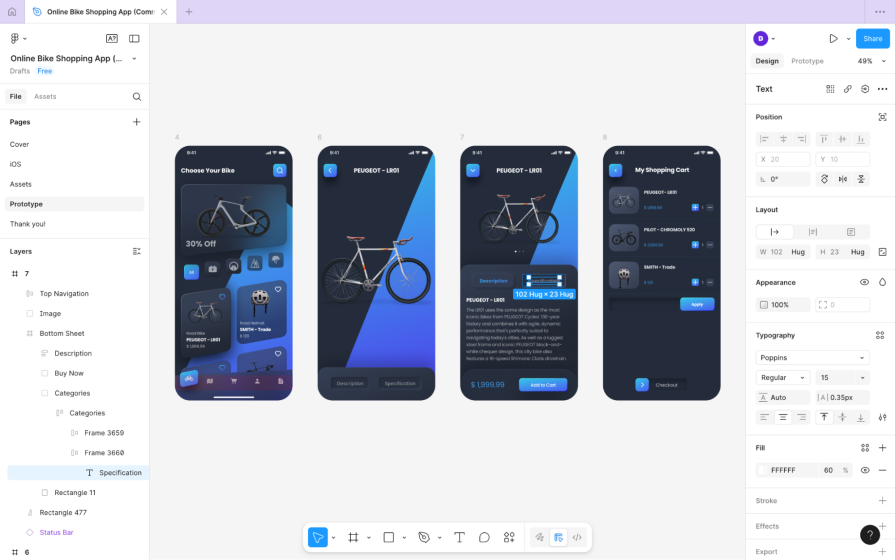
The biggest shifts are happening with Adobe tools. Adobe Photoshop and Adobe Illustrator, both legacy tools that aren’t even interface design tools, have finally dropped out of the top three. The hold that Adobe tools have on users long after they stop being useful is impressive, and it’s likely that we’ll see the same thing with Adobe XD, whose usage continues to be on-par with Sketch despite Adobe recently dropping support for it.
Unless Sketch, Framer, or even Proto.io take this opportunity to make more than a dent in the market, which is possible (they’re all well-polished interface design tools), Figma will likely expand or at least maintain its 82.3 percent market share. It is, after all, the most full-featured design tool on the market, and I recommend that you get the latest on all things Figma, especially if you work in a corporate environment where usage is a whopping 93.1 percent.
That said, industry veterans Balsamiq achieved a 5/5 rating this year, so if you’re working on a design project that requires careful wireframing, it’s definitely worth looking into:
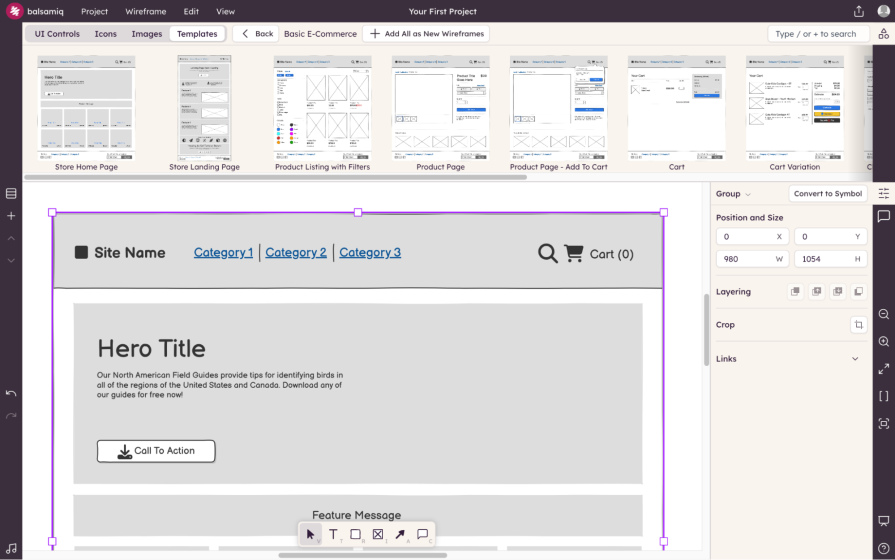
Prototyping tool usage remains the same with Figma taking the largest slice of the pie by no small amount (71.4 percent), followed by ProtoPie and then Adobe XD. Although most designers use their interface design tool for basic prototyping, this isn’t the case for many Sketch users, which is partially why ProtoPie is in its spot.
Advanced prototyping tools are a whole different ballpark, and are characterized by the Design Tools Survey as facilitating multimodality, cross-device interactions, realistic behaviors, physical controls support, and more. Despite this, Figma still clinches the top spot (albeit by a smaller margin), followed by ProtoPie and then Swift/SwiftUI, the latter of which specifically applies to the design of digital products on Apple platforms:
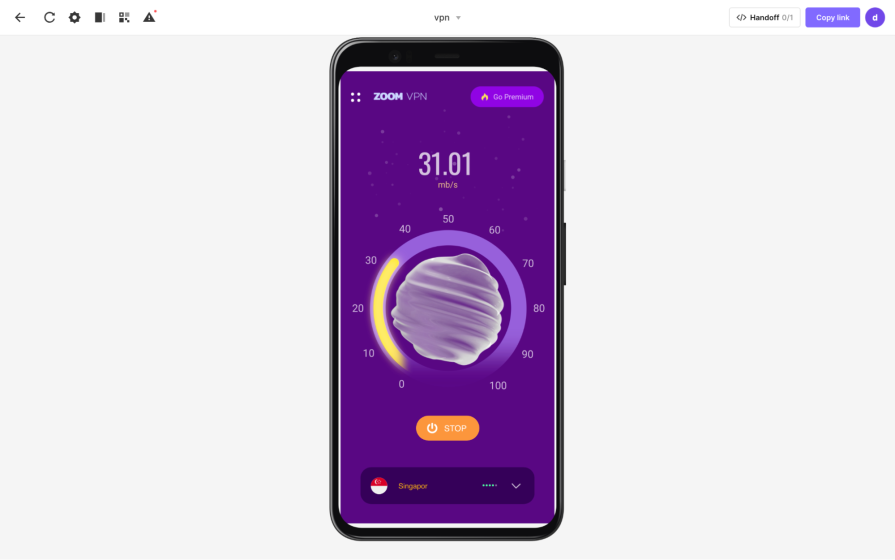
This space hasn’t changed much, although we’re seeing Framer sneak past Axure RP to take fourth place. In fact, Swift/SwiftUI and Framer make up part of the 17.7 percent of advanced prototypers that are using code-based solutions.
While it’s not totally clear, it sounds as if this trend has grown since the last survey, signaling that designers are looking toward code for higher fidelity and perhaps to reduce the gap between design and development. If that’s something you’re interested in, you can learn all about Swift, HTML/CSS/JavaScript, React, and Flutter right here.
When it comes to digital whiteboarding tools, FigJam unsurprisingly takes the top spot as designers seek to have digital whiteboarding and design rolled into one subscription. This is followed by Miro in second place, just like last year, who secured their ranking by acquiring InVision’s Freehand:
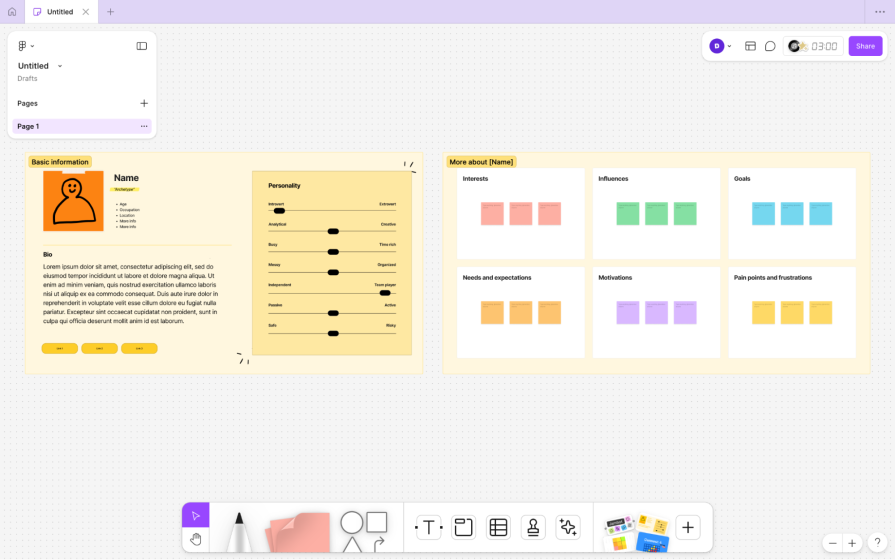
Figma has left the top ten completely, I assume because designers/design teams have started to see value in Figma’s expanded subscription that includes both Figma and FigJam. ZoomWhiteboard and Apple’s Freeform are also no longer on this list.
Canva has sunk from the fourth spot to the tenth, helping Mural to take the third. In fact, the overall category is quite volatile, perhaps due to competition and/or because the remote work trend is correcting itself post-pandemic. In addition, because ICs (27.1 percent) prefer FigJam while leaders (19.9 percent) prefer Miro, it’s possible that this is a very tough category to crack:
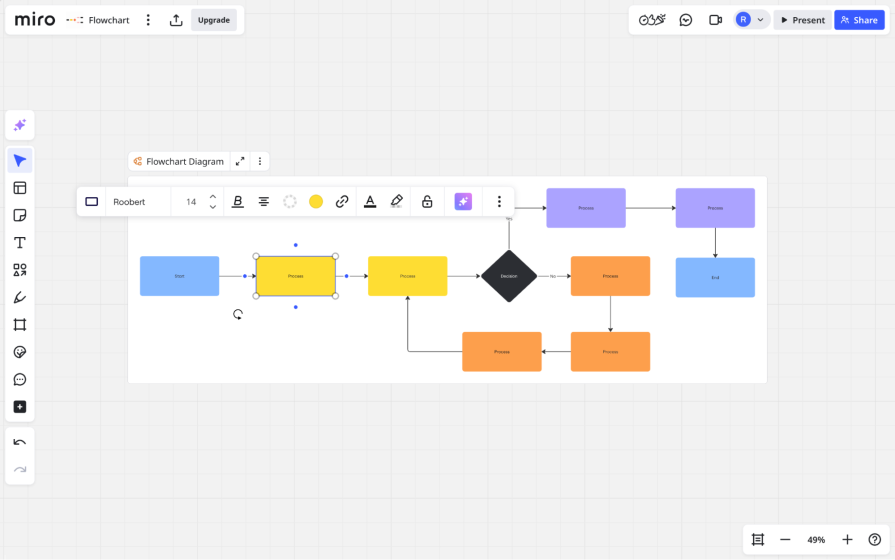
All in all there continues to be no right answer here. Simply abuse the free trials and go with whatever works for your team.
Naturally, Figma takes the top spot again, but what else are designers/design teams using? Adobe XD has dropped from third to fourth, I suppose because design systems are part of a long-term strategy and we know that Adobe XD will be sunsetting eventually — specifically, 86.7 percent of designers say that moving their design system to another tool would be difficult. zeroheight has stolen its place, whereas Storybook kept a hold of the second slot:
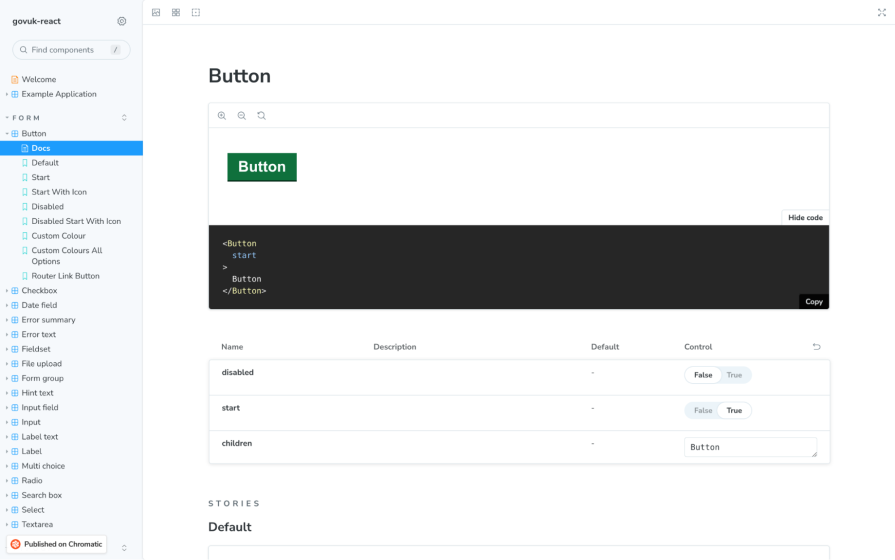
It’s important to keep in mind that Figma excels at creating/organizing design systems and gets bonus points for generating relatively useful code, whereas Storybook and zeroheight are typically used as secondary tools to document design systems.
So the standard approach to design systems is Figma+Storybook (or maybe zeroheight), however 46.3 percent of designers say that there are significant inconsistencies between their design system and the end-result, for which there’s no clear solution yet beyond a slight interest in code-based design tools.
Maze moved up to take the number one spot this year, which makes sense as it’s a comparatively decent user research tool. Google Meet and Zoom combined to overtake UserTesting, which is odd seeing as this method requires all data to be collected manually.
Most of last year’s top ten entries are nowhere to be seen and 80 percent of this year’s entries don’t rate higher than 4/5. In short, user testing tools leave much to be desired.
Having used Maze, I’d say follow the data and use it like everybody else is. It’s never been bad, but it’s definitely a tough category with no clear winner. The best rated tool is Ballpark (incorrectly labeled as their other tool, Marvel), so that’s certainly worth a try too — it’s newer but improving rapidly.
UserTesting wins here, followed by Maze who are very much on track to overtake next year. The real takeaway though is that only 13.7 percent of designers (down from 28 percent last year) are recruiting research participants, with 47.2 percent worried about not finding qualified participants:
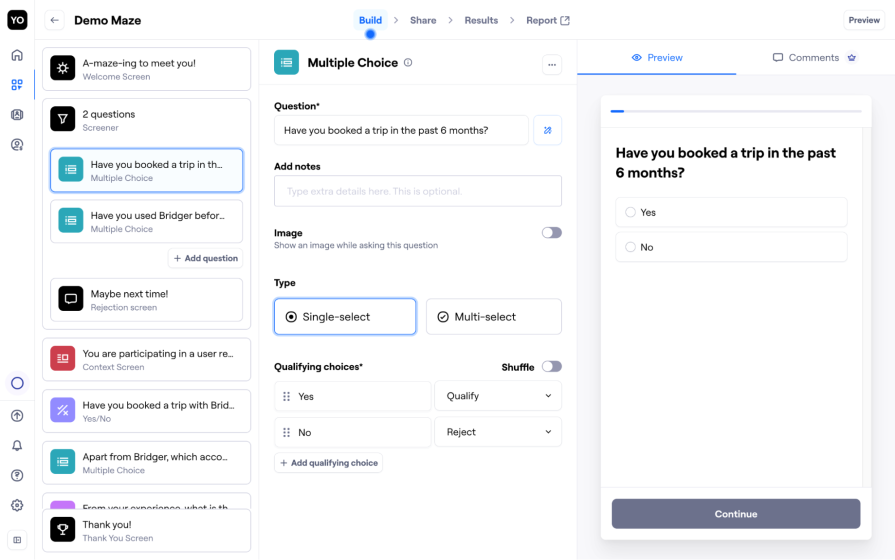
Optimal Workshop is the highest-rated tool (4.67/5) in this category, but user testing like this is just expensive and not worth it, so I don’t see it being the future of product development at all.
In my experience, product teams prefer to user test with their own users and collect data using on-site/in-app analytics, surveys, and session replays, especially now that they’re powered by AI.
Only 23.6 percent of designers/design teams are using a research repository tool, typically Dovetail as a dedicated solution or Notion as a free solution. While corporations understandably value having a research repository much more (42.1 percent), there seems to be little demand for them.
Figma now suffers from bloat, much like declining Adobe tools. In my opinion, this combined with its shady pricing practices will kickstart its downfall in the years to come. Even though Adobe won’t be acquiring it after all, early signs point to Figma following in Adobe’s footsteps.
However, I don’t think any of Figma’s main competitors will step up to the plate. I think Framer, the tool that designers most want to try (or a totally new code-based tool) will shoot its shot. Framer has a 4.57/5 rating and a market share of 12.1 percent as a portfolio-building tool because individuals are keen to try it — after years of pivots, Framer/Framer.js/Framer X/Framer Studio seems to have found some runway.
But like with every other year where it seemed as if Framer would be the next big thing, I don’t think it’ll be because businesses (corporate businesses, especially) are resistant to change and enjoy the ecosystem that Figma has built. But I do think that Framer will hold on to its slice of the market, especially as individuals stay keen to try it out and despite the new Figma Sites aiming to compete with Framer.
Long-term though? Like, in the next few years? Yes, I do see Framer or a code-based design tool like it being the future of product development, and I don’t think that Figma can pull this off because its product just isn’t code-based like Framer is. Framer has been ahead of its time for a long time, whereas Figma is showing early signs of critical problems that’ve killed market positions for Adobe.
The vast majority of designers are using AI, and so hiring businesses might expect you to be experienced with AI tools. I recommend using AI in your work to at least familiarize yourself with it.
As usual, keep using Figma, but consider Balsamiq too for wireframe-heavy projects. I’d also learn some code/code-based design tools for advanced prototyping, and in the same vein Storybook or zeroheight as the other half of your design system that documents everything, including the code. Prepare for a possible future reality where code-based design tools are the norm.
It’s worth noting that HTML/CSS/JavaScript is the second most common approach for portfolio-building, ahead of Webflow, Adobe Portfolio, Squarespace, and Wix, and only behind Framer, so again we’re seeing either code or code-based solutions given the choice.
Continue to explore digital whiteboarding and user research tools to find what works best for you/your organization. There are no clear winners in this space, but hopefully we’ll see data on the on-site/in-app analytics, surveys, and session replays side of design research next year.
Until then, thanks for reading!
LogRocket's Galileo AI watches sessions and understands user feedback for you, automating the most time-intensive parts of your job and giving you more time to focus on great design.
See how design choices, interactions, and issues affect your users — get a demo of LogRocket today.

Small actions can have large consequences in complex systems. Here’s how UX designers can manage dependencies so users feel informed and in control rather than blocked or blindsided.
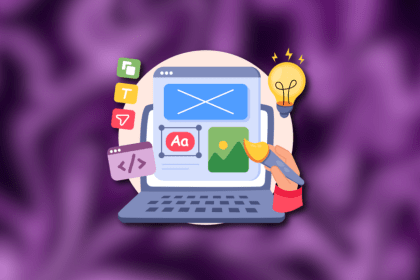
This article examines when hero sections are necessary in digital products, when they create friction, and how to evaluate them using UX goals, primary actions, user flow impact, and real-world alternatives.
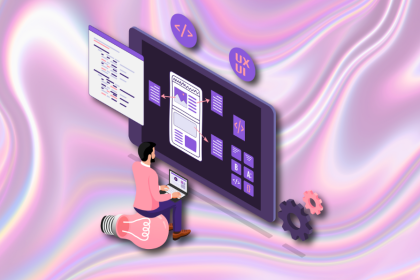
AI speeds up tasks like research synthesis, ideation, and first-draft wireframes, but it can’t replace clarity, taste, or decision-making. Here’s a grounded look at what AI actually does well in UX right now.

Discover how to craft UX-friendly hero sections with examples, design tips, and strategies that drive engagement and conversion.